Sometimes I go out into the world, searching for subjects that are inexplicable enough to write about. Sometimes I don't even need to search...one of those inexplicable subjects will grab me when I least expect it and beat me into submission with the stench of what it is.
That's about what happened to me the day I was serenely driving around and happened upon this 1991 heap on wheels:

Now, Toyota pickups of a certain age have a reputation for being pretty hardy beasts. But I don't think that these kinds of front-fender and bumper impacts are called for in the normal operating procedures of the manual. A protuberance of tape and twist ties is the sole element that holds the front end together. Still, it's nothing compared to what lurks in the back...
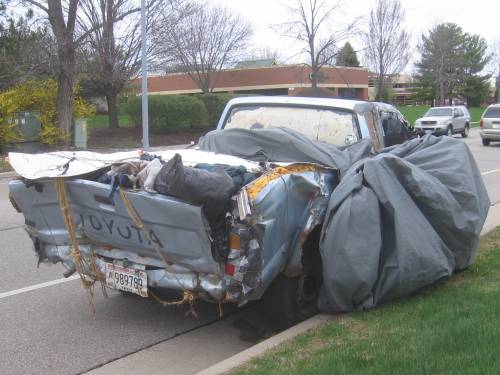
What hell? What hell indeed. Usually when a vehicle endures a rear impact of this magnitude, it's called a "total loss." But this little Toyota is still proving its utility worth by holding hundreds of pounds' worth of garbage bags and fabrics in its caved-in cargo box! The owner has also expanded their repertoire by adding twine and baling wire to the materials list holding the truck together. Not sure what the tarp bunched up on the side is supposed to be for, unless it's a surgical dressing for vehicular injuries.
But at this point, my jaw had stopped dropping and I was overcome by a disturbing chill that sucked any pretense of comedy from the situation. Surely no one would drive this truck on purpose, or if they had enough money to afford anything in safer condition. What if the driver is homeless? What if this crumpled piece of garbage and everything in it are literally the only things that he or she can call their own? Our society's treatment of the homeless and destitute is deplorable as it is, and there's absolutely nothing about this scene that implies any improvement on that front.
I may never know the full story behind this pitiful truck. There is a small clue on the side, however, that gives a hint: A Latin cross, inscribed with the words "John 3:16."
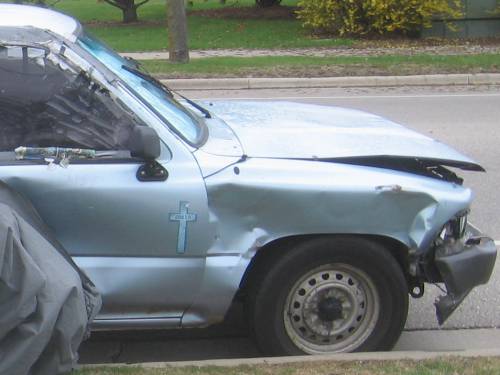
"For God so loved the world, that he gave his only begotten son, that whosoever believeth in him should not perish, but have everlasting life." Of all the popularly-quoted verses in the Bible, this tale of sadism and the collective guilt prescribed for society to bear is easily one of the most revealing about the tenets of Christianity...and the most loathsome. "You're so bad," says God, "that I went and killed Jesus on your behalf." If you're not bad, then Jesus died for nothing! And if you take the third option, and don't believe in the divinity of JC? You're going to burn for eternity in hell, no ifs or buts about it; it says so right in the same chapter.
I can hear the accommodationists right now: "Religion gives people comfort." "John gives people comfort." "Heaven gives hope and comfort to people in bad situations and hard times. Why don't you just accept it?" To accept it is to accept a catalyst for oppression, that's why.
The take-away of much of the New Testament is that good works are meaningless; faith in unverifiable, unfalsifiable characters is the only thing that counts. Suffering like Christ is good...heck, all of Mother Teresa's "good works" ultimately boiled down to that. What's the point of seeking an actual end to homelessness if everyone's going to go to heaven or hell anyway? What's the point of trying to improve your own personal situation if the only thing that ultimately counts in the end is "faith" in an arbitrary figure? What's the point of doing anything other than living out your years in the presence of a wrecked truck, praying to God and waiting for heaven to arrive?
Why religiosity is regarded as being good for the poor, the sick, and the destitute has never made sense to me. Why religiosity is good for the oppressors of the destitute to promote is crystal-clear. And you wonder why Jesus-soaked politicians constantly torch the social safety net?
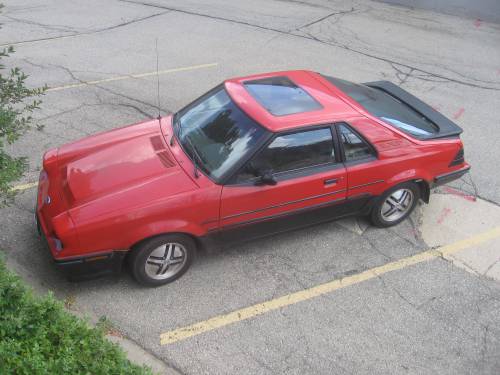
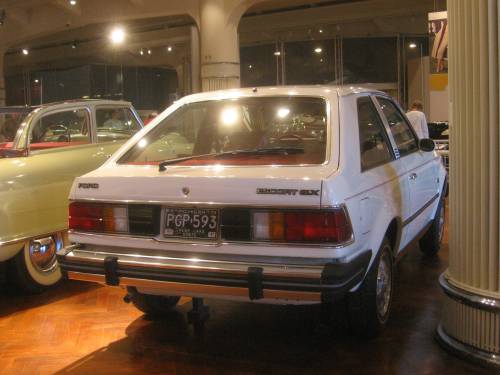
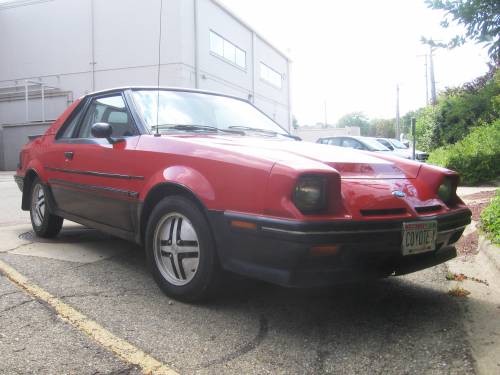
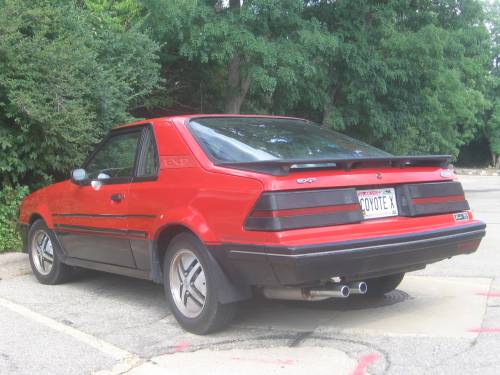
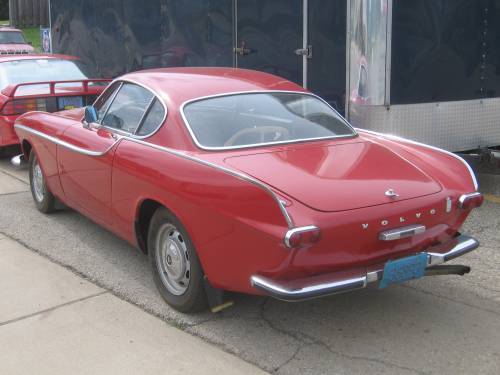

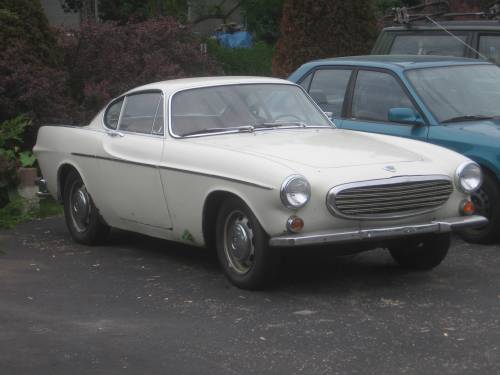

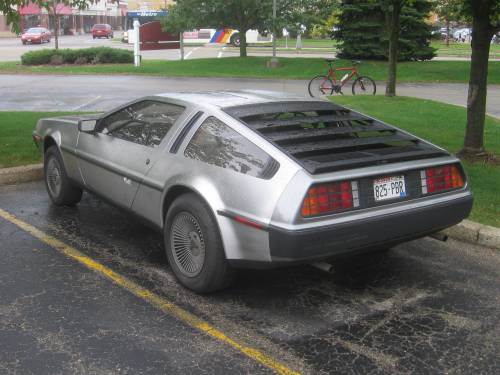

Recent Comments